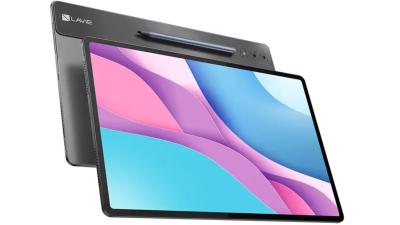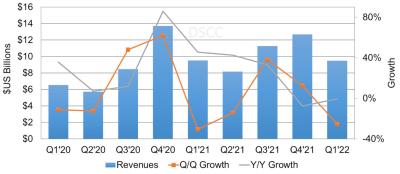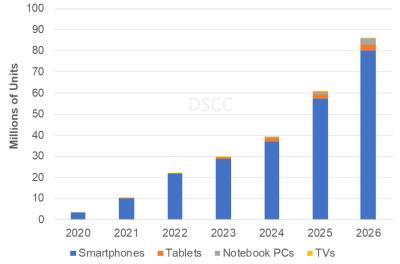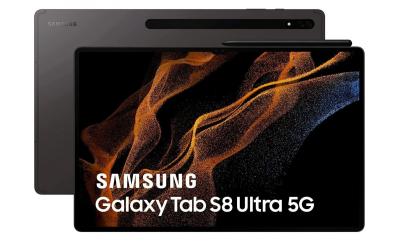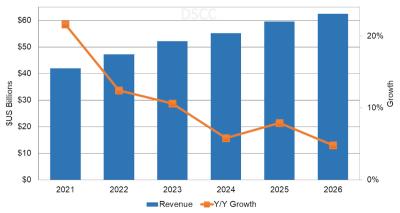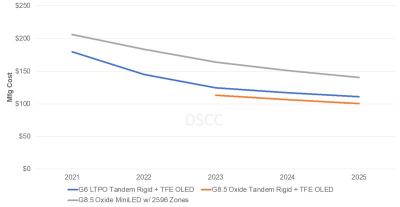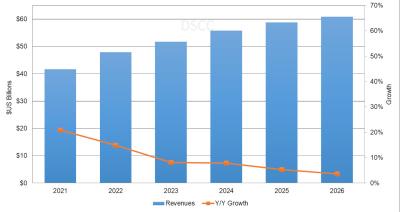What is an OLED display?
OLED is short for Organic Light Emitting Diode, a device composed of thin carbon-based films placed between two electrodes that creates light with the application of electricity. Unlike other screen technologies, (like LCDs), which require backlighting, OLED displays are emissive devices - they emit light rather than manipulate transmitted external light.
OLEDs provide brighter, crisper colors and contrast on electronic devices and use less power than conventional light-emitting diodes (LEDs) or liquid crystal displays (LCDs) used today. This revolutionary technology is fit for various types of screens, like computer screens, mobile phones, tablets, TVs and more. OLED screens are light, thin, high-resolution and contain individually-lit pixels that make for true blacks and superior color contrast.
The current OLED tablet market
OLED displays are already very common on mobile phones (in fact about a quarter of all mobile phones now ship with an OLED - and that percentage is climbing as Apple, Samsung, LG, Huawei and others adopt OLED displays in their best smartphones).
OLEDs are just now starting to make inroads into the tablet market, though - as these larger displays carry a high premium over competing LCDs. The leading company that produces and adopts OLEDs is Samsung, and indeed the company's latest high-end tablets all use OLED displays.
Click here for a full list of the latest OLED tablets on the market.
Latest OLED Tablet news:
